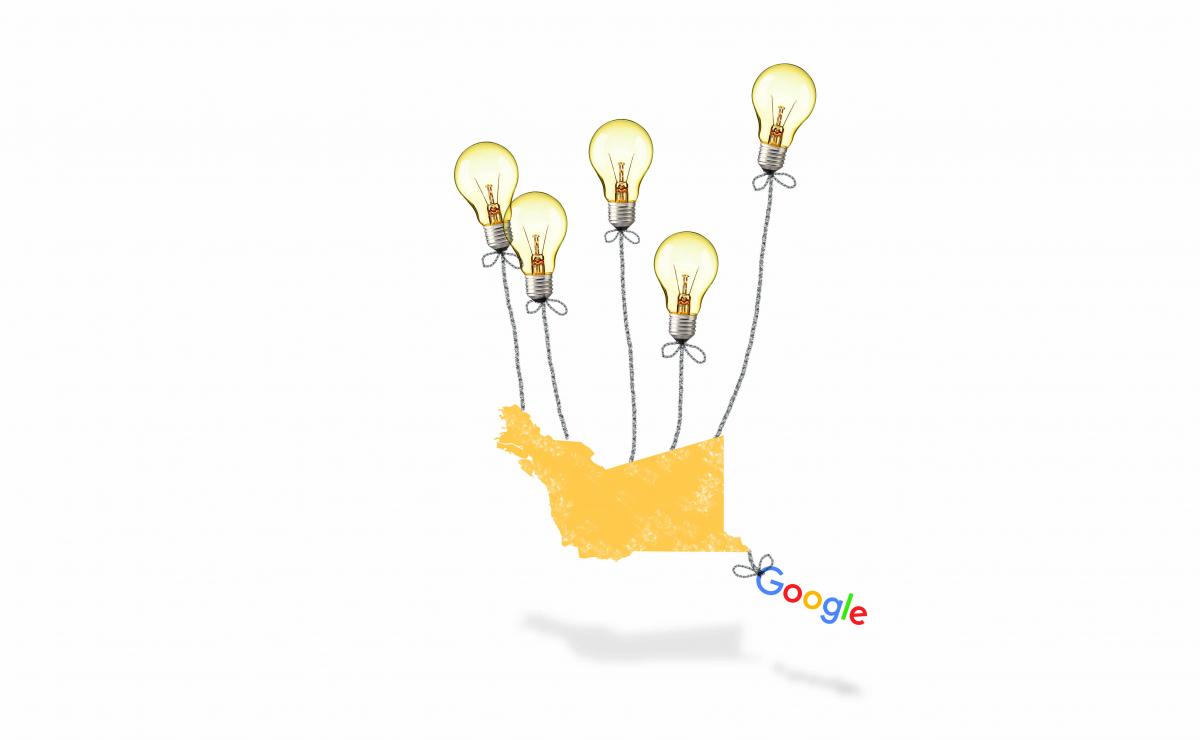Share
Line: | @NACoTweets: @AlamedaCounty staff challenged themselves to find creative new ideas for improving local services |

Part of life in local government is contending with public-sector stereotypes about workers who spend their days indifferently pulling the levers of a bureaucratic machine that forever rumbles on.
That’s why it may come as a surprise to learn that 70 Alameda County [Calif.] managers and front-line employees spent much of the summer inspiring each other and challenging themselves to find creative new ideas for improving local services. Partnering with the county on this outside-the-box exploration was the technology giant whose quirky name is synonymous with innovation: Google.
The unusual collaboration was the result of Google’s Government Innovation Labs, a new initiative to bring the same audacious moonshot thinking to government that Google employs in its never-ending search for new innovations — driverless cars, high-altitude Wi-Fi balloons and other far-fetched concepts that just might revolutionize the way we live.
Far from a summer fling with the booming tech sector, the Google partnership was the latest step in Alameda County’s extended innovation journey to develop new solutions to pressing community problems in the 21st century.
A decade ago, we convened a conference called “Vision 2016,’’ where regional leaders worked with a futurist to identify emerging trends and ways public services could best adapt to them.
Since then, county initiatives such as community and employee hackathons, a Millennial Task Force and an ambitious Climate Initiative have driven new ways to approach and solve problems.
These efforts have brought impressive results, including a suite of mobile apps providing instant access to voter registration, property, public safety and other vital information; an employee-spawned vendor invoicing system that reduces taxpayer costs by $500,000 annually; and a new procedure using electronic signatures that has quickened the process of obtaining judicial approval of search and arrest warrants — and helped catch criminals.
For the county, the Google partnership was an obvious next step. Google and the tech world’s other leading disruptors have revolutionized business by bringing huge efficiency gains to customers and service providers.
We in local government yearn for similar gains as resources are hammered by budget cuts, revenues are siphoned away by public-sector partners upstream, and demand for our services grows unabated.
In May, Alameda County became one of the first two counties to participate in the Google project. The project offered a rich new opportunity to engage in “10x thinking” and explore ways to further disrupt and transform local government. Teams of county employees focused on local priorities — such as jobs, public safety and emergency preparedness — and ways to make services more efficient and transparent.
Ideas emerging from the Google sessions included an integrated online portal to guide customers through multijurisdictional steps involved in obtaining government permits as well as an expanded county disaster preparedness website that leverages GPS mapping elements to strengthen communications between emergency providers and residents on the front lines.
Today, we encourage each of our 9,600 employees to think big, without fear of failure, in offering ideas for reshaping the way Alameda County serves residents. One of us just may have that idea that revolutionizes the way government serves the people.
California’s Kern and Joaquin counties are also participating in the Google Government Innovation Lab.
This commentary was first published by the Oakland Tribune My Word © 2015 Bay Area News Group, Sept. 30.




